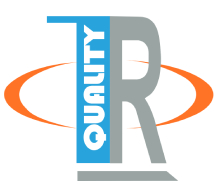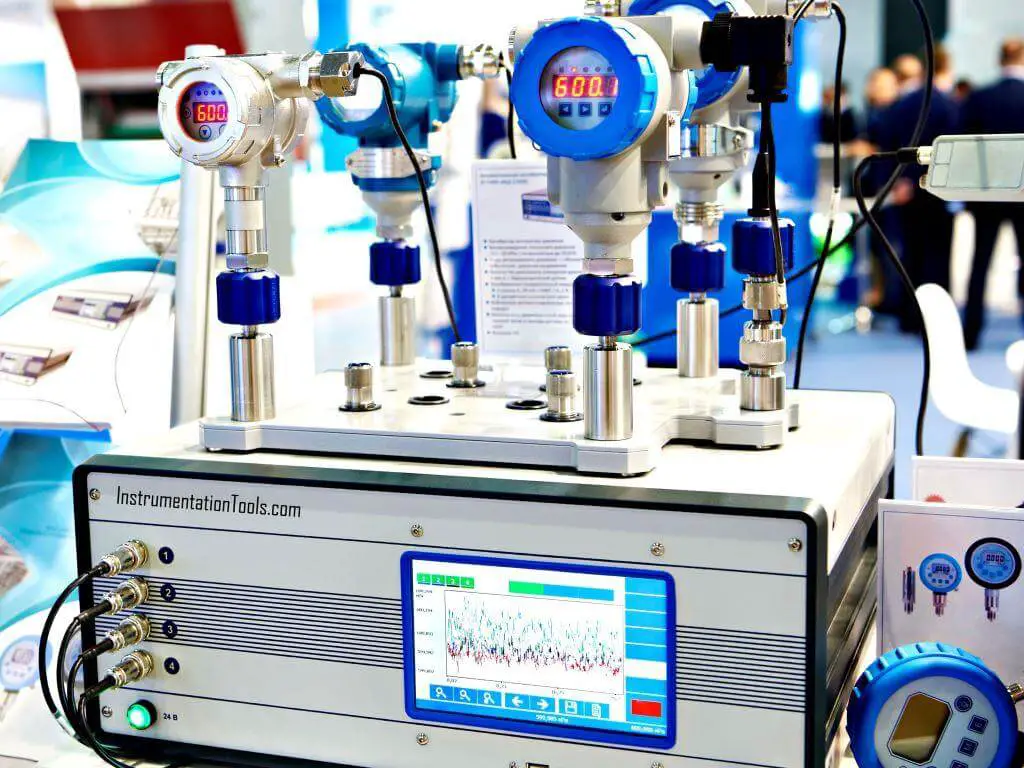Introduction to Precision Calibration
Precision calibration is the meticulous process of adjusting and verifying the accuracy of laboratory equipment to ensure it meets the required standards. In the realm of scientific research and industrial applications, the importance of precision calibration cannot be overstated. It ensures that laboratory equipment provides reliable, consistent, and accurate results, which are critical for maintaining the integrity of scientific data and the quality of products.
Understanding Calibration in the Laboratory Context
Calibration involves comparing the measurements of an instrument to a known standard. This process helps identify any deviations and correct them, ensuring the equipment operates within the specified limits. Precision calibration takes this process a step further by focusing on the smallest possible error margins, making it particularly vital in fields where high accuracy is imperative.
Types of Laboratory Equipment Requiring Precision Calibration
Various types of laboratory equipment require precision calibration, including but not limited to:
- Analytical Balances: Used for precise measurement of mass.
- Spectrophotometers: Measure the intensity of light in a part of the spectrum.
- pH Meters: Determine the acidity or alkalinity of a solution.
- Micropipettes: Dispense small volumes of liquid accurately.
The Role of Precision Calibration in Quality Assurance
Precision calibration is a cornerstone of quality assurance in laboratories. It ensures that instruments provide accurate data, which is crucial for the validity of experimental results and the quality of manufactured products. Here’s how precision calibration impacts quality assurance:
Ensuring Data Integrity
Accurate and reliable data is the foundation of any scientific research. Precision calibration ensures that the measurements taken are accurate, which is essential for drawing valid conclusions and making informed decisions.
Compliance with Standards and Regulations
Many industries are governed by stringent standards and regulations that mandate regular calibration of laboratory equipment. Precision calibration ensures compliance with these standards, which is necessary to maintain certifications and avoid legal issues.
Enhancing Laboratory Efficiency
Regular precision calibration minimizes the risk of equipment malfunction or drift, which can lead to inaccurate results and wasted resources. It enhances the overall efficiency of the laboratory by ensuring that instruments are always in optimal working condition.
Steps in the Precision Calibration Process
Implementing precision calibration involves several detailed steps to ensure accuracy and reliability:
Selection of Calibration Standards
Choosing the appropriate calibration standards is critical. These standards should be traceable to national or international standards to ensure consistency and reliability.
Regular Calibration Schedule
Establishing a regular calibration schedule is essential. This schedule should be based on the manufacturer’s recommendations, the frequency of use, and the criticality of the measurements.
Documentation and Record Keeping
Maintaining thorough documentation of the calibration process is crucial. This includes records of calibration results, the methods used, and any adjustments made. Proper documentation ensures traceability and compliance with regulatory requirements.
Training and Competence of Personnel
The personnel responsible for calibration should be adequately trained and competent. This ensures that the calibration process is performed correctly and consistently, maintaining the integrity of the measurements.
Challenges in Precision Calibration
While precision calibration is essential, it also presents several challenges:
High Costs
Precision calibration can be costly, involving expensive standards, equipment, and trained personnel. However, the benefits of accurate measurements and compliance with regulations often outweigh these costs.
Technological Advancements
Rapid advancements in technology can make existing calibration methods obsolete. Staying updated with new techniques and standards is essential but challenging.
Maintaining Consistency
Ensuring consistency in calibration across different instruments and locations can be difficult. Standardized procedures and regular audits are necessary to maintain uniformity.
Future Trends in Precision Calibration
The field of precision calibration is continually evolving, with several emerging trends:
Digital Calibration
The advent of digital technology is revolutionizing the calibration process. Digital calibration tools offer higher accuracy, efficiency, and ease of use compared to traditional methods.
Remote Calibration Services
With the advancement of internet technologies, remote calibration services are becoming more prevalent. These services allow for the calibration of instruments without the need for physical presence, saving time and resources.
Sustainable Practices
There is a growing focus on sustainability in calibration practices. Efforts are being made to reduce waste and energy consumption during the calibration process, contributing to environmental conservation.
Conclusion
Precision calibration is an indispensable aspect of maintaining the accuracy and reliability of laboratory equipment. It ensures data integrity, compliance with standards, and enhances laboratory efficiency. Despite the challenges, the ongoing advancements in technology and a focus on sustainable practices promise a bright future for precision calibration. By prioritizing precision calibration, laboratories can achieve superior quality assurance and contribute to the advancement of science and industry.


